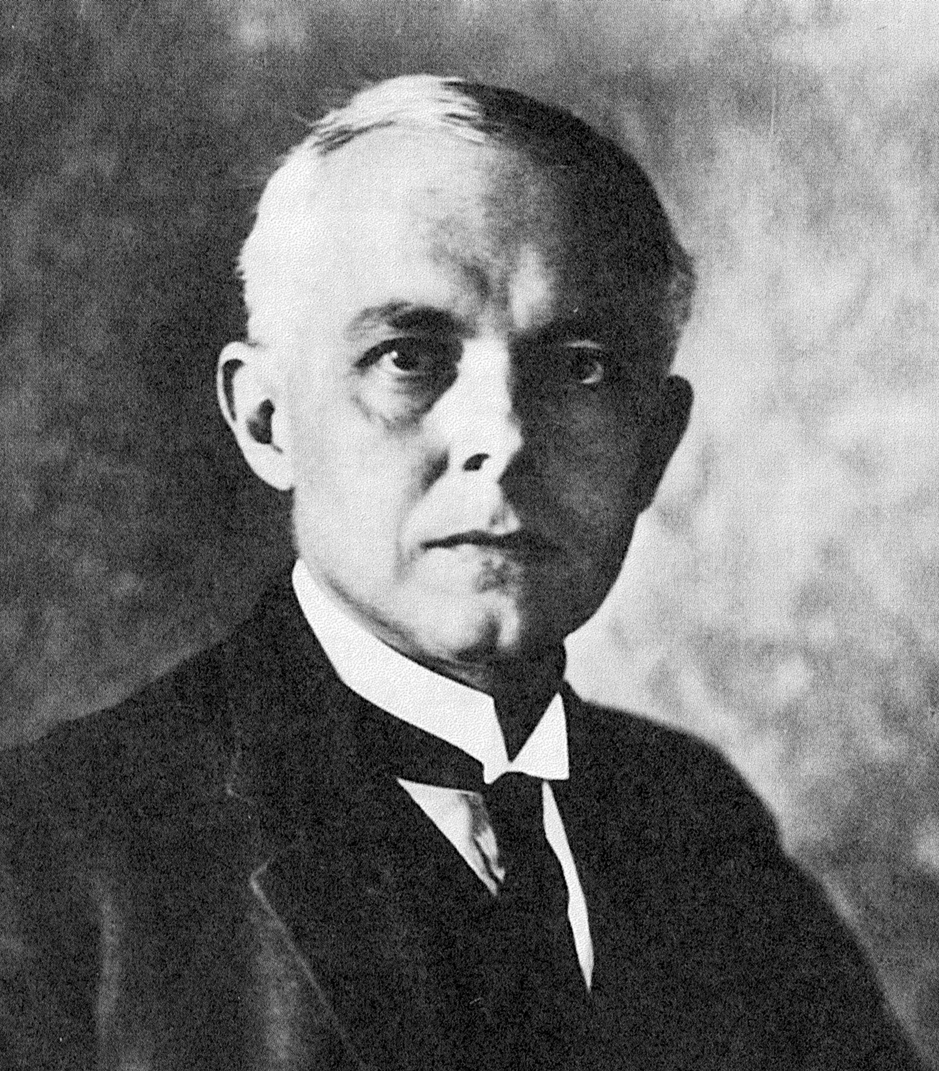We are always welcoming new composers to our Henle catalogue. As our readers certainly know, we publish only music that is copyright-free; you could say that the composer must have already been dead for 70 years in order to make it into our repertoire. Such major occurrences were, for instance, the first Henle editions of Sergei Rachmaninoff’s works in 2014, or just recently, the Allegro barbaro by Béla Bartók (see the blog posting on this by my colleague Annette Oppermann). Continue reading
Search
Subscribe2
-
Recent Posts
Tags
accidentals arrangements autograph Bach Bartók Beethoven Brahms Carnival Chopin Christmas clarinet Complete Edition Debussy Double bass Dvorak dynamics Fauré fingering first edition genesis Haydn horn Liszt Mendelssohn Mozart notation piano piano concerto piano sonata Rachmaninoff Ravel revision Saint-Saëns Schubert Schumann Scriabin string quartet urtext variant reading variants variations versions viola Violin Concerto Violin Sonata


